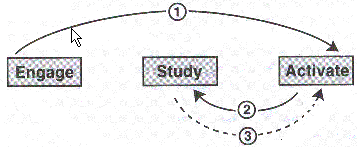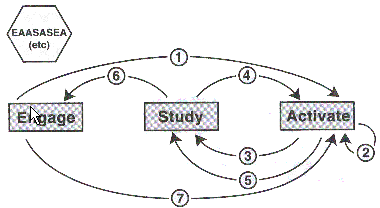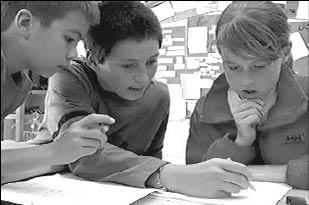Monday
19th, 2012
We continue with the authors:
Terrell (1977): Natural Approach is based on a learning
theory that specifies both processes and conditions for learning.
L1: mother language
L2: second language
Curran (1972): the Counseling-Learning, focus
primarily on the conditions necessary for successful learning. He thinks that
the atmosphere of the classroom is a crucial factor and his method search for
to ameliorate the feelings of intimidation and insecurity that many learners
experience.
Atmosphere= Conditions
*of course the teacher guides the student.
Asher (1977): his learning theory addresses both the processes
and conditions aspects of learning. The learning is based in Motor Activity, on
coordination, language with actions. (TPR total physical response)
Gattegno (1972, 1976): the Silent Way. He said the
learner needs to feel secure about learning and to assume a conscious control
of learning.
Conditions---make the learner feel secure--he doesn´t
feel afraid or intimidate
for the second language
Design
In order for an approach to lead a method, it is necessary
to develop a Design for an instructional system.
Design: is
the level of a method analysis in which we consider:
A) What objectives of a method are
B) How language content is selected and organized within
the method, that is, the syllabus model the method incorporates
C) The types of learning tasks and teaching activities
the method advocates
D) The roles of learners
E) The roles of teachers
F) The role if instructional materials
A) Objectives: the
specification of particular learning objectives is product of design not of an
approach.
B) The syllabus: all
methods that involves covert decisions concerning the selection of language
items (words, sentence, patterns, tenses, constructions, functions, topics). One
makes decisions about what to talk about (subject matter) and how to talk about
it (linguistic matter).
Syllabus Model:
-lexical, notional, skill-based, grammatical-lexical, flexible (you can
ask the student)
C) Types of learning and teaching activities: teaching activities that focus on grammatical accuracy
may be quite different from those that focus on communicative skills. For
example:
-Audiolingualism uses
dialogues and pattern practice extensively.
-The Silent Way employs
problem-solving activities that involve the use of special charts and colored
rods.
-Communicative language
teaching theoreticians use tasks that involve an “information gap” and “information
transfer”, the learner work on the same task, but each leaner has different
information needed to complete the task.
D) Learner roles: a method
reflects explicit or implicit responses to questions concerning the learner´s
contribution to the learning process. Learners have different roles like,
processor, performer, initiator (student purpose), problem solver, self monitor
and tutor.
E) Teacher roles: learner
roles in an instructional system are closely linked to the teacher´s status and
function. Some methods are totally dependent in the teacher as a source of
knowledge and direction, other see the teacher´s role as: catalyst, consultant
(explain everything), guide, and model for learning. Teacher roles in methods
are related to the following issues: a) the types of functions teachers are
expected to fulfill, whether that of practice director, counselor or
model, b) the degree of control the
teacher has over how learning takes place, c)the degree to which the teacher in
responsible for determining the content of what is taught and d) the interactional
patterns that develop between teachers and learners.
F) The role if instructional materials: in their turn further specify: subject matter
content, and define or suggest the intensity of coverage for syllabus items,
allocating the amount of time, attention, and detail particular syllabus items
or tasks require. Instructional materials also define or imply the day –to-day
learning objectives that collectively constitute the goals of the syllabus.
Depending of the method,
the teacher will decide: - The goal of materials
- The form of material
-The
relation to other sources
Procedure
It is the level at which we
describe how a method realizes it´s approach and design in classroom behavior. There
are three dimensions to a method at the level of procedure:
a) The use of teaching activities (drills,
dialogues, information-gap activities, etc) to present new language and to
clarify and demonstrate formal communicative or other aspects of the target
language;
b) The ways in which
particular teaching are used for practicing language
c) The procedures and techniques used in giving
feedback to learners concerning the form or content of their utterances or
sentences.


























